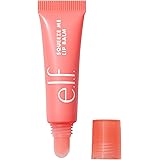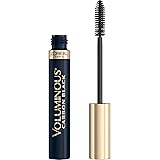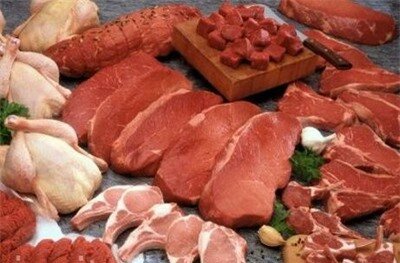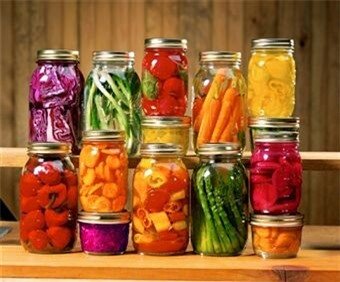One of the causes of food poisoning is unhygienic food contaminated with chemicals.
However, not everyone knows how to choose clean food. The advice below will help housewives choose safe foods for their family’s health
Choose vegetables
For vegetables and fruits, you should choose fresh ones, with stems intact, not crushed, and without different colored spots. Vegetables and fruits that rarely use pesticides are gourds, zucchini, pumpkin, bananas… Be careful with vegetables: water spinach, lettuce, watercress, ash, mustard greens, bok choy, pennywort, cowpeas, bitter melon, Thai apples…
Do not buy vegetables that are wilted, crushed, have a strange smell, or have unusual signs such as being too fat, too swollen, or covered with small dust particles. Do not buy seeds with wrinkled skins, only choose seeds with smooth, pink skins. Avoid buying vegetables with roots that have a lot of soil because that is a source of microorganisms that cause rapid deterioration of vegetables and fruits. And the best way to preserve vegetables is to keep them in the refrigerator. Vegetables should be picked clean, crushed leaves removed, washed under running water several times, drained and placed in tightly tied nylon bags to eat gradually.
Choose meat
Choose meat with a dry outer membrane, bright red or dark red color, shiny, cuts with normal color, bright, dry. Avoid meat that is light green or slightly dark, even black, not shiny, and has a viscous outer membrane. Fresh, delicious meat must be firm and elastic. When pressed with your finger, it should not leave a dent when you remove your finger and should not be sticky. Fresh and clean meat must not have strange odors, rancid odors or the smell of antibiotics.
Beef: You should choose meat with dry fibers and bright red color.
Pork: You should choose bright pink pork with firm meat and thin skin. The fat layer is shiny and solid. Meat with yellowish fat is a diseased pig, with white speckled seeds being tapeworm cysts.
Choose meat with a dry outer membrane, bright red or dark red color, shiny, cuts with normal color, bright, dry |
Choose chicken: Choose a healthy animal with a bright red crest, soft skin and fur, small pores, anus that is not wet and red, big, firm thighs, and small legs. You should choose pullets. For industrial chickens, you should choose ones with a weight of 2kg or more. If you buy ready-made chickens, you should choose ones with a light yellow color because the dark yellow color may be due to the seller soaking it in water mixed with iron powder.
Choose duck: Choose to buy one that is mature and fat, with a round breast, thick neck and belly skin, full feathers, small and somewhat stiff beak, and feels heavy in the hand. Male duck meat is more delicious than female duck meat.
For poultry, choose meat with natural colors, from ivory white to bright yellow, with bright eyes. Meat should have intact, sealed skin, without stains, bruises, mold or strange spots. Spoiled poultry meat is often dark yellow, purple or dark yellow, with cloudy eyes.
Choose chicken eggs or duck eggs: The egg shell is light in color, has no dark gray streaks, and is not bruised. Fresh eggs are usually transparent pink when shined through light.
Choose fish and seafood
For fish and seafood, it is best to buy fish and shrimp that are still alive and swimming in the water. Fresh fish have a closed mouth. The fish body is firm and elastic, leaving no finger impressions on the fish flesh. The fish’s scales are shiny, clinging tightly to the fish’s body, without mucus and an unpleasant odor. The gills are pinkish red in color, not slimy or have a bad smell. The fish worm is deeply indented, has a pale white color and a flat belly.
Choose shrimp with shiny, long and smooth shells. Clams and shellfish are still alive. For cuttlefish, you should choose squid with white meat like coconut jam, which is delicious. For squid, you should choose medium sized, not too large, not broken black bags. Other types of seafood should be chosen that are fresh, have normal colors, and especially do not have a foul smell.
Choose cooked foods
With processed meat (such as roasted meat), you must be careful and only buy from establishments with clear origins and hygiene. Roast pork, roast duck, choose meat with a characteristic aroma, dry meat fibers that stick close to the skin, meat that is still hot and hang in a glass cabinet.
You should not buy when you see a flashy red pig skin color, hanging in the open, loose meat, and a strange smell. Only choose to buy sausages in vacuum-sealed packaging from reliable manufacturers, do not buy sausages hung on strings, exposed to sunlight, wind and dust.
Choose canned food
|
Choose the type with two lids that are sunken in and make a sharp sound when tapped |
Choose the type with two lids that are sunken in and make a sharp sound when tapped. If the lid bulges out and makes a popping sound when tapped, the canned food is damaged. You can dip the box into a basin of water, preferably 70-80 degrees Celsius, press down with your hand to see if any air bubbles appear. Or put it in boiling water. With good canned food, the two lids will swell, otherwise the food will rot.
Choosing canned or pre-packaged foods must have a label with the full content: product name, weight, main ingredients, preservation and use, place of production and processing, production registration number and remaining shelf life. Food, especially packaged foods, often contain additives such as saltpeter, BHA and BHT… that can affect your long-term health. Therefore, you should read labels carefully and buy foods that use as few additives as possible.
Foods that should not be used
Dry foods that are moldy, especially grains and oilseeds such as beans and peanuts, contain very dangerous fungal toxins.
Preservatives, dyes, and chemical sugars packaged without labels or wrapped in paper for retail sale in markets and establishments not registered for food processing.
Food is doubtful, origin unknown.
According toHien ThuYoung Family




















